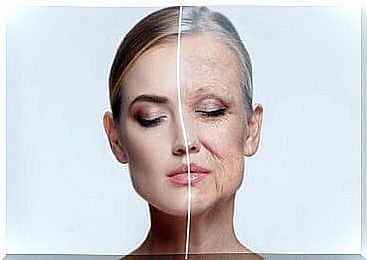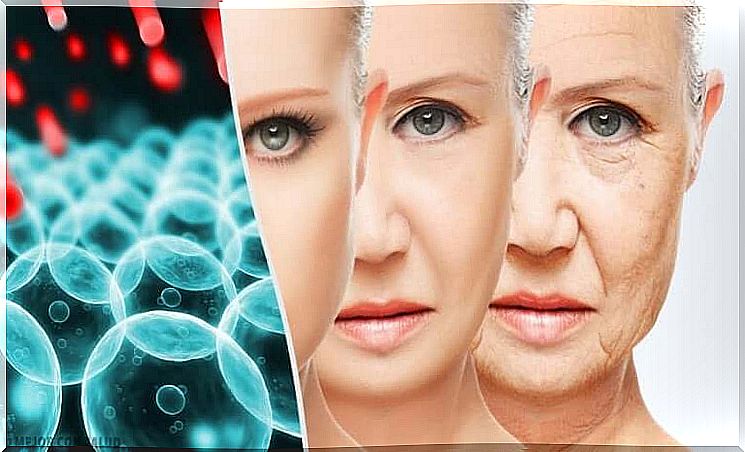When Does The Aging Process Begin?
Scientists agree that we begin to age as soon as appropriate cell changes occur. But there are still many open questions and unsolved puzzles in this area.
It is by no means easy to define when exactly the aging process begins. Because the concept is already relative. For example, wrinkles can become noticeable on the face, even if the person concerned is in the best of health and vitality. In other cases, exactly the opposite can be observed: the skin is firm and wrinkle-free, but health suffers.
Also cultural myths make it difficult to determine exactly when the aging process begins. There are also many ways to look and stay young, even at an advanced age, but that doesn’t mean that they can prevent aging.
The external appearance is only one variable that provides information about the aging process we are in, but not the most important. There are many different factors and processes that can define more precisely when the decline of the body and the mind begins.
The aging process
Aging is a very complex process about which many questions remain unanswered. It is therefore not easy to determine from what point in time we actually age. This is also due to the fact that this is different for every person.
In addition, the various organs also go through different aging processes. A distinction must also be made between biological and psychological or social aging. However, it is generally accepted that aging begins when the functional deterioration of the tissues begins.
Although this is not entirely accurate, it is believed that aging begins with cell decay. This has the following effects:
- Accumulation of genetic defects
- Shortening of the telomeres (protective caps of the chromosomes)
- Failure to eliminate defective proteins

When does the aging process begin?
There is no generally accepted answer to this question. Conservative voices assume that we age from the age of 25. This is when the first cell defects appear. In particular, the progressive loss of muscle mass begins.
Jaime Miquel, the former director of NASA’s Aging Laboratory, points out that aging begins at the age of 30. He assumes that from this age onwards the genetic program deteriorates and physiognomic changes occur. These are expressed as follows:
- Weight gain
- Slower metabolism
- Changes in hormonal balance
- Memory loss
- Changed sleep pattern
The speed at which this process develops depends on the genetics and lifestyle of the individual.
A Stanford University study of the aging process
A study by the University of Standford shows that aging takes place in three stages and does not take place uniformly. This research study was published in the journal Nature Medicine and suggests five indicators of aging. These are:
- The metabolism slows down.
- The bones and their structure become weaker.
- Memory problems arise.
- Altered sleep patterns are normal.
- The muscle structure deteriorates.
Building on this, scientists speak of three large time windows that are definitive for the aging process. The first phase begins at 34 years of age, the second at 60 and the third at 78. From this perspective, the aging process begins at 34 years of age.
Tony Wyss-Coray, professor of neurology and neuroscience and head of the study mentioned, points out that clear changes in the protein level in the blood can be observed at the three times mentioned. This characterizes these aging phases.

Chronological and biological age
The chronological age refers to the age of a person as a pure indication of time. So it’s about how many birthdays we’ve already had. This indicator is primarily socially and culturally very important, but from a biological point of view the importance is relative.
The biological age, however, provides information about the physical and mental state of development and deterioration. So it is determined by the deterioration of the body’s cells. Specifically, one could say that it depends on the body’s energetic ability to repair cell damage.
The biological age can be determined from the length of the telomeres. As already mentioned briefly, these are the protective caps on the chromosomes. These become shorter with each cell division.
If they are too short, the affected cell stops dividing and eventually dies. The state of this process allows us to determine biological age, which does not always coincide with chronological age.









